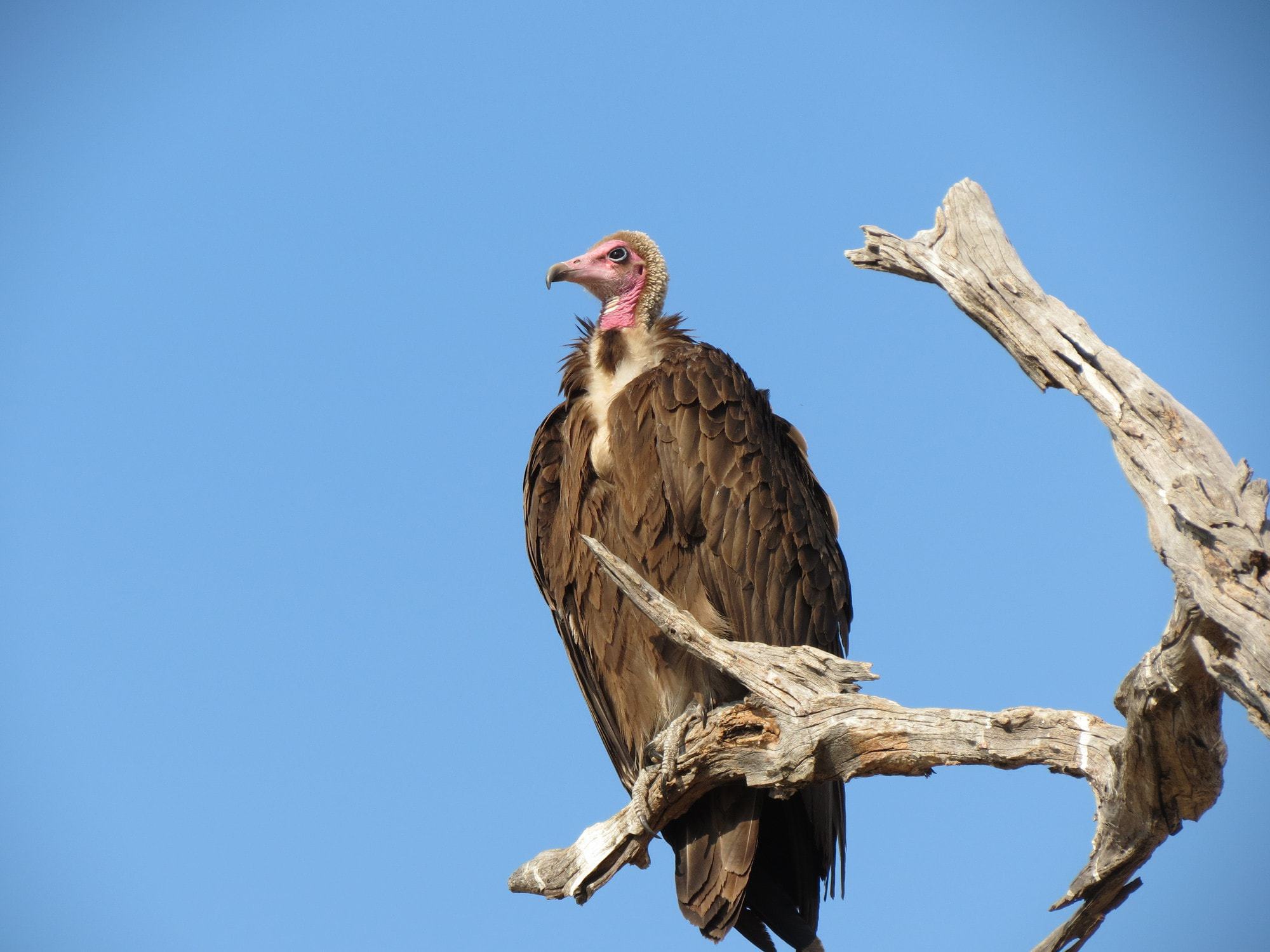There is much to be said for a green campus. UK Green flag awards. Great amenity for staff and students and a real draw in terms of student recruitment
But many campuses are also home to many animals too. I’ve covered here before in True Crimes on Campus the things that have happened when the #beastsofuon are unleashed and there have been many examples of squirrels, dogs, sheep and mice misbehaving.
But among some of the most challenging creatures on the campus can be the birds. At Nottingham we have large numbers of very assertive Canada Geese who are a big hit with the students but really extremely messy indeed. They are very well treated too – see for example the recent investment in a tunnel to help them cross the road safely…
One of the most interesting league tables in recent years, sadly now defunct, was the Duck Density ranking, which scored the density of waterfowl around campus lakes. It is a delightfully dated web page though.
What the Duck Density league table did not capture though was the avian diversity which would have come with a more international ranking. Other countries have some more interesting challenges than stroppy geese and there have been several striking stories about birds lately.
EAB cites a number of examples including this case where Denison University is hanging taxidermic birds in trees and launching fireworks to drive vultures off campus:

Denison, which is located in Granville, Ohio, is plagued with a large number of black vultures that have made a home in the small liberal arts campus of about 2,100 students, Kovac writes.
The campus’ tall buildings and lush forested surroundings offer these birds a “little bit of everything they need,” says Jeff Pelc, a wildlife biologist at the U.S. Department of Agriculture.
Denison’s campus was home to about 150 vultures a dozen years ago, says Ken Weigand, chief engineer of facility services at the university. Now, that number has more than doubled…
Initial efforts to drive away the vultures seem to have worked, Kovac writes. Mollie Ann Prasher, a village clerk at Granville, says residents should bang pots and pans if they spot vultures nearby.
And in Pittsburgh they are less concerned about vultures and more about crows:
At the University of Pittsburgh, for example, facilities leaders teamed up with local ornithologists from the National Aviary to help manage a large flock of persistent crows. Facilities invested in mobile sound units ($602 each) that repeatedly produced the coos of the crows’ natural predator, the great horned owl. While this hasn’t driven the crows off campus entirely, it has allowed facilities to herd them into areas of campus less frequented by students and visitors…
Meanwhile, facilities leaders at Pennsylvania State have developed a crow relocation program that uses pyrotechnic bangers and screamers to relocate the flocks. These fireworks are launched by trained professionals, and campus residents are informed about each location in advance of the noise-making activities
Then there is a problem at the University of Texas with grackles (which I must admit is a species with which I am unfamiliar):
It’s not uncommon for UT students to have run-ins with the seemingly fearless wildlife on campus, but flyers posted Monday around the University offer clear warnings about the grackles in the area.
The signs, posted by UT’s Environmental Health and Safety office, warn community members of “aggressive birds nesting” in the area. The signs also advise pedestrians not to approach baby birds and to even consider using an alternate path of travel.
Grackles are large, lanky black birds with long legs and tails and have become notorious on campus for their antagonistic character and for harassing students on their way to class.
Corporate communications senior Alyssa Hollander said she’s not surprised about the warnings from the University.
“I have heard numerous stories from my friends who have been attacked by the grackles,” Hollander said. “It seems like it happens to each of us at least once a year.”
Hollander said she’s witnessed the birds dive-bomb crowds and even saw a grackle get tangled up in the hair of a girl who was walking in front of her.
“During popular class transition times, I can see the birds diving down into the crowd of people walking,” Hollander said. “I’ve seen it happen to a girl walking right in front of me before. Now that was intense.”
Some students have given the birds nicknames such as “demon spawn,” “the Devil” and “Satan incarnate” because of the nature of the interactions students have had with the grackles.
At least in the UK then we don’t have vultures and grackles (or other demon spawn). Are there other examples though of bad bird behaviour?












